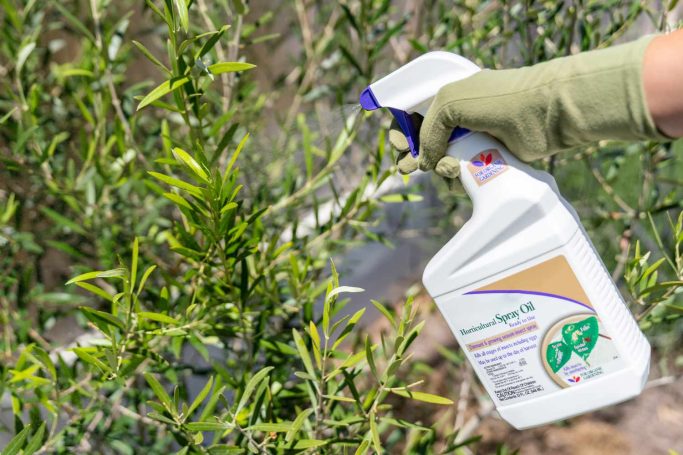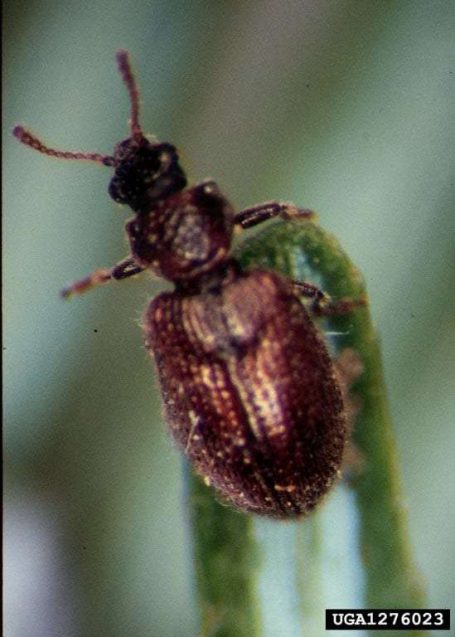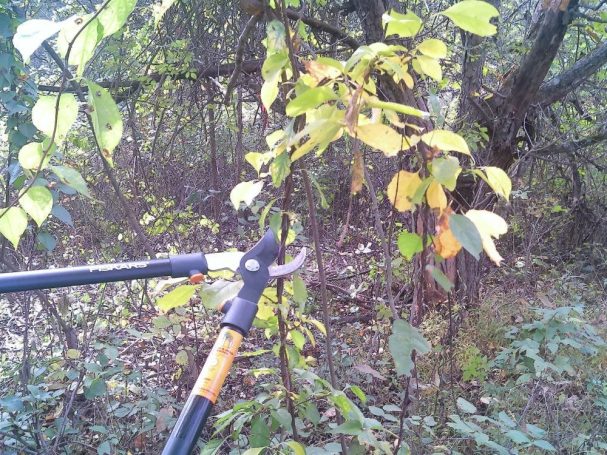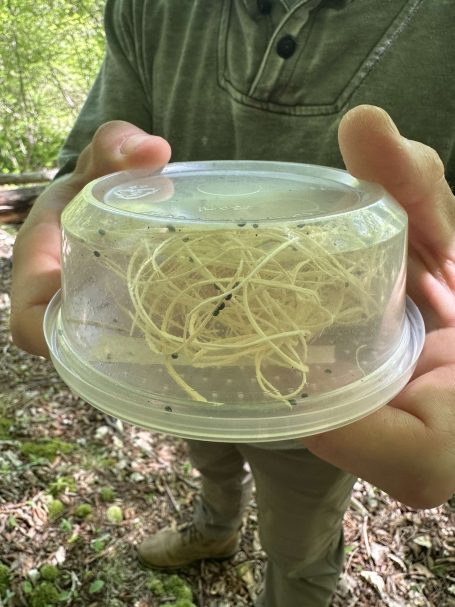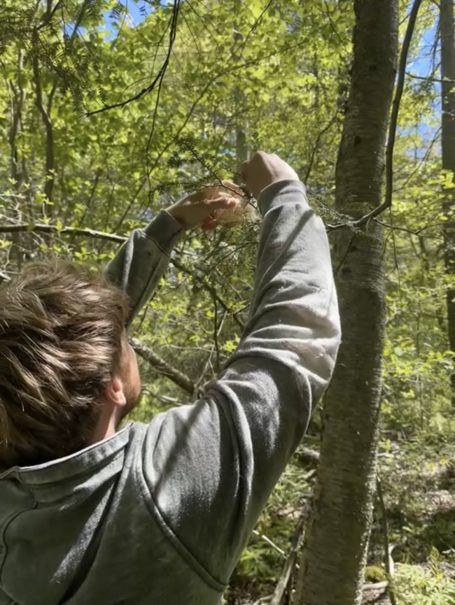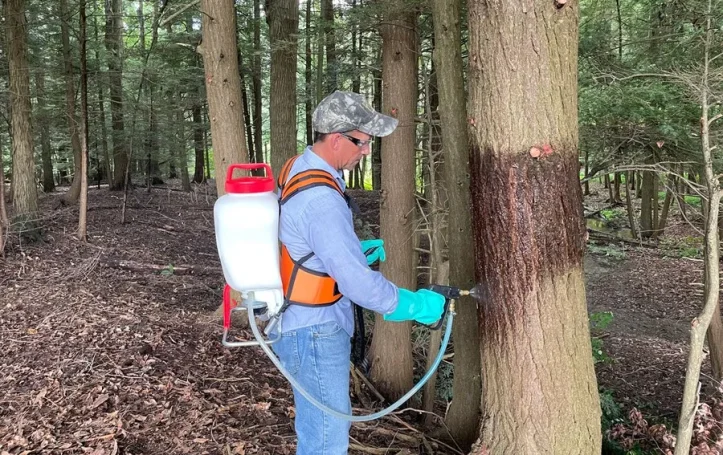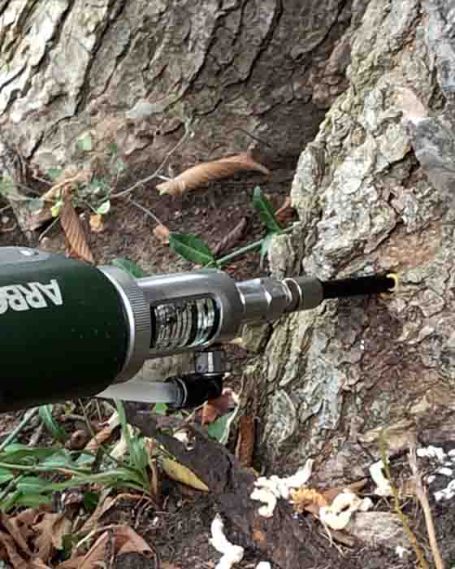West Michigan's Nature Needs Your Help
Without action, the future is uncertain. Together, we can change that.
Effective action requires an approach which is both scientific and pragmatic.
Integrated Pest Management
Integrated Pest Management (IPM) is an approach to invasive species which combines chemical, biological, mechanical, cultural and or other management methods into a comprehensive, overall strategy.
IPM is a proven, effective approach to managing invasives while maximizing efficiency and minimizing risk to the environment and community.
Click on the images for more information
Click on the images for more information
HWA IPM in Residential Settings
The number, condition and location of hemlock trees determines the IPM strategy for HWA.
For most residential landowners, chemical treatment is the most practical option. If the hemlock tree is no longer creating new growth in the spring, it is at high risk of dying and should be treated with insecticides as soon as possible. Many professional tree services (including Bartlett in the West Michigan area) are able to treat hemlocks for HWA, but in many residential settings it is also possible to treat your own trees at a far lower cost. Check out the video we made below for more details and instructions, or read this publication.
If the HWA infestation is light, biological control is also an option for landowners. The following companies sell S. tsugae and L. nigrinus. After release, hemlocks should continue to be monitored, ensuring HWA is still controlled in following years. If HWA does not significantly decrease the following year, more beetles should be released (multiple releases are sometimes required for a population to become self-sustaining) or insecticides should be applied instead.
HWA predator beetles and insecticides should not be utilized on the same property simultaneously, as the insecticides can kill the predator beetles.
Pesticide Application Instructions for Residential Landowners
When applying any pesticide, be sure to follow all instructions on the label: with pesticides the label is the law.
HWA IPM in Forest Settings
In the long term, the survival of our hemlocks depends on establishing a self-sustaining population HWA predator beetles in the wild. However, chemical treatments are often the most reliable and cost-effective approach.
Biological Options
S. tsugae is currently the cheapest and easiest HWA predator to obtain commercially. If successfully established, S. tsugae acts as a stand-alone solution to HWA, as it is well synchronized with HWA's lifecycle and controls HWA effectively in their native environment. Studies show that relasing S. tsugae during warmer temperatures and releasing them over multiple years in the same location increases the chances of a self-sustaining population being established.
L. nigrinus is more expensive and may longer to acquire due to lower commercial production, but studies show that it is reliable in establishing self-sustaining populations. L. nigriunus only feeds on HWA in colder months (as opposed to year-round with S. tsugae), which means that while L. nigrinus can significantly reduce the density of HWA, it will not entirely eliminate it. Consequently, the most recent research centers around pairing L. nigrinus with new potential HWA predators such as silver flies.
S. tsugae and L. nigrinus can coexist and even act complimentary to one another in the same environment, so releasing one species in an area does not preclude the possibility of releasing the other species in the future.
The West Michigan Wildlife Conservancy released S. tsugae at several sites in spring 2025, the results of which will help inform future IPM strategies in West Michigan.
Chemical Options
In limited areas such as a park, nature preserve, or small acrage private property, chemical treatments by certified applicators are often the most cost-effective solution. These treatments include basal bark sprays and trunk injections. Ottawa County Parks has used chemical applications to great effect in saving affected hemlocks in their parks system.
Click on the images for more information
We need your consent to load the translations
We use a third-party service to translate the website content that may collect data about your activity. Please review the details in the privacy policy and accept the service to view the translations.
